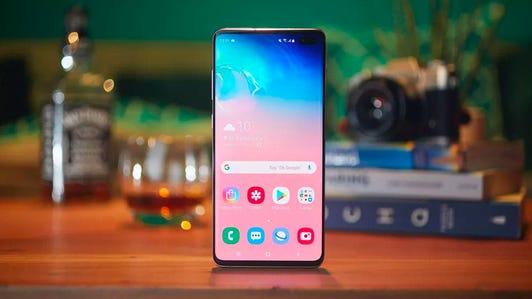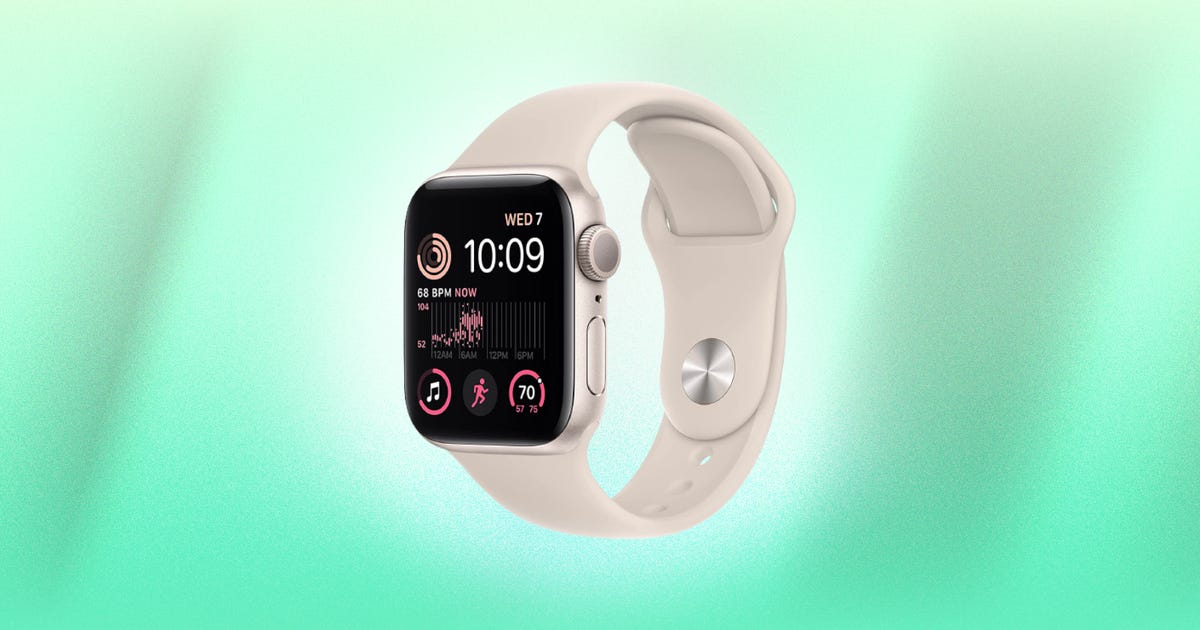Check Also
The US Is About to Exit a Long Dark Age of Lousy Headlights
[dzs_video source=”https://cnet.redvideo.io/2022/09/16/49769be8-2384-4b14-9e21-dd7391f645d1/adaptive-headlights-4kfinal_720h3200k.mp4″ cover=”https://www.cnet.com/a/img/resize/ddcd07e4d9afd5a49c8fdd756e1fb3514818d952/hub/2022/09/16/eeb958f1-4ba5-41ed-9dee-49607cb78be6/mazda-i-activsense-adaptive-led-headlamps-alh-mp4-00-01-04-10-still001.jpg?auto=webp&fit=cover&height=482&width=856″ config=”skinauroradefault” width=”100%” height=”600″ logo=”https://joggingvideo.com/wp-content/uploads/tdn_pic_2.png” config=”skinauroradefault” autoplay=”off” cue=”on” loop=”off” type=”video” logo=”0000″ logo_link=”5555″ responsive_ratio=”default” …
Post
Amazon’s big Prime Day 2019 sale may be over, but nobody told Vizio. The manufacturer is still offering steep discounts on many of its 2019 televisions and sound bars at stores such as Best Buy and Costco, including the 2019 M-series TV that recently earned an excellent CNET review and the CNET Editor’s choice SB36512-F6 Atmos sound bar.
Many deals are at Best Buy while others can also be found at Costco, Sam’s Club and Target. As of 6:45 a.m. PT on July 17, all of the deals below were still in effect, but that may change by the time you read this.
See also
- Best Prime Day 2020 deals still available
- Best Walmart deals after Prime Day: $90 off Galaxy Watch and more
- See CNET’s Early-Bird Holiday Gift Guide 2020
Note that CNET may get a share of revenue from the sale of the products featured on this page.


Sarah Tew/CNET
Vizio P-Series Quantum X (65 inches): $1,400
Save $800
The Vizio PX series is Vizio’s best 2019 TV, the successor of the sweet 2018 P-Series Quantum. It’s got higher brightness and more local dimming zones than its predecessor. We’ve yet to review it, but based on what we’ve seen so far it could be one of the best TVs of 2019.
See at Costco
Vizio P-Series Quantum X (75 inches): $2,300
Save $1,200
The 75-inch version of the PX series above has an even better discount: save a whopping $1,200! It has all the goodness of the 65-inch, with 480 zones of local dimming. The PX75 is also available at Sam’s Club.
See at Costco


Sarah Tew
Vizio P-Series Quantum (65 inches): $1,250
Save $150
The P-Series Quantum is Vizio’s second-best TV for 2019. With a slightly dimmer image and fewer dimming zones than the X above, it should have slightly worse image quality. We haven’t reviewed it yet but we expect it to perform a bit better than the 2019 M-Series (below), which was excellent.
See at Best Buy
Vizio P-Series Quantum (75 inches): $2,000 (Update: Expired)
Save $500
Just like the X, the 75-inch version of the 2019 P-Series Quantum comes with an even steeper discount.
$1,615 at Best Buy


Sarah Tew/CNET
Vizio M8-Series Quantum (55 inches): $600
Save $200
The M8-Series Quantum is the only Vizio TV from 2019 we have reviewed, and it’s a winner. It has excellent picture quality for the money, with deep black levels, accurate color and very good 4K HDR performance. The M-Series Quantum breaks new ground among midrange TVs by making quantum dot technology more affordable.
Read the Vizio M8-Series Quantum review.
See at Best Buy


Now playing:
Watch this:
Vizio’s 2019 TVs get Apple AirPlay and beefed-up hardware
3:12
Vizio M8-Series Quantum (65 inches): $800
Save $200
The 65-inch version of the M8 Quantum is also available for $200 off.
Read the Vizio M8-Series Quantum review.
See at Best Buy
Vizio M7-Series Quantum (50 inches): $400
Save $130
With fewer dimming zones than the M8 series the M7 probably doesn’t perform as well. But hey, this is a 50-inch TV with 4K resolution, Dolby Vision support and Apple AirPlay 2 compatibility for $400. Also available at Sam’s Club. If you’re not a member of either, Best Buy and Target have this for $470.
Read our Vizio M-7 Series Quantum (2021) review.
See at Best BuyYou’re receiving price alerts for Vizio M7-Series Quantum (50 inches): $400
Deals on Vizio sound bars


Sarah Tew/CNET
Vizio SB36512-F6: $299
Save $200
Until now Atmos sound bars have been hideously expensive, but the Vizio SB36512-F6 changed that. It was a great deal at $500, and a CNET Editor’s Choice, but at $200 off, this is something else entirely. With great surround sound and easy setup, this is one of the best Prime Day deals we’ve seen. Also available at Sam’s Club and Costco.
Read the Vizio SB36512-F6 review.
See at Best Buy
Vizio SB46514-F6: $900
Save $100
The Vizio SB46514-F6 is the company’s flagship sound bar. It offers 5.1.4 Atmos surround in a 46-inch wide bar. It’s $100 off at Amazon right now.
See at Amazon
Amazon Prime Day 2019: The best deals






See also
- Prime Day 2019: The leftovers
- Walmart’s final day of anti-Prime Day deals
- After Amazon Prime Day 2019: You can still snag deals on the Echo and Echo Dot
- 4 great cheap deals you can get anytime
- Amazon Prime Day 2019: Fire TV deals end, but Roku discounts still going strong
- Amazon Prime Day 2019: The best deals on Chromebooks, gaming laptops and MacBooks
- Post-Prime Day deals from Vizio: Save up to $1,200 on TVs, $200 on an Atmos sound bar
Check Also
Best Electric Lawnmower Deals: Save on Sun Joe, Worx, Greenworks and More
It may be time to put an end to relying on your gas-guzzling mower. You …
Post

LG (Screen Image: Geoffrey Morrison)
We’ve been saying for a while that OLED TVs offer the best picture quality ever , with infinite contrast ratios and perfect black levels that put plasma and LCD to shame. We’d worried that 4K/Ultra HD OLED would be too expensive to bring to market, but LG did it anyway.
So now that we have 4K OLED TVs available for sale, albeit for five figures, what’s next? If this marriage of contrast and resolution creates such a perfect image, is the race over? Has the picture quality Holy Grail been discovered?
That’s a pretty good question, actually.
Reader Caleb Munyasya asked it like this: “Is 4K OLED the end of the road for improving our TV experience? Because realistically speaking, there must be a limit to TV quality. If we combine 4K and OLED will it truly ever get better than that?”
I’ve gotten similar emails over the years, a bunch around the launch of Blu-ray for example, unsure why we needed a new disc format when DVD was clearly the best we’d ever need. Caleb’s question is a fair one, though. We’ve been saying contrast was king for years, and OLED’s contrast is king.
Mix that with the excessive pixel density of 4K, which exceeds the limits of human visual acuity at standard seating distances, and it’s quite an attractive combo.
So let’s take a look at a few of the ways our TVs (and TV system) can improve for an even better picture. A wish list, if you will, of our picture quality dreams.
More OLED
Right now we’re still pretty light on the OLED front. Only LG is making a serious push. We’ll hopefully see more at CES 2015, but for right now, LG is it. We want more companies, and bigger, cheaper, better TVs…you know, the usual.
Also, OLED itself isn’t perfect, there can still be improvements on things like motion blur, energy efficiency and of course cost. Improve these and that would likely mean OLEDs of 2017 will look better and be cheaper than today’s models, even if none of the other wishlist items below get adopted.
Related Articles
- LED LCD vs OLED vs Plasma
- HDMI vs DisplayPort
- How big a TV should i buy?
- What is the ‘soap opera effect’?
- HDMI cable buying guid
HDR
One of the more interesting TV technologies to emerge recently is HDR, or high dynamic range. Dolby is one of the main proponents of this, with Dolby Vision.
The idea is that the human eye is capable of seeing a far greater contrast ratio than is possible in current televisions. Dolby wants to help expand this, in both what’s possible in the content, and what the TVs are capable of. Other companies are looking into similar tech.
As OLED becomes more efficient, even greater brightness is possible, meaning an even greater dynamic range. While this will make current content look even better, HDR “enabled” sources could really take advantage of it.
Check out more High dynamic range: Dolby Vision, X-tended Dynamic Range Pro and beyond.
Better color
The colors possible in the current TV system are good, but not great. There are a lot of colors we can see that can’t be reproduced on television. Most TVs are now capable of creating a wider color gamut than is in the TV system, but this is merely a creation of the TV, not an accurate representation of what’s in the content.
One route is the adoption of Rec 2020, an expansion of the color gamut and more. This would include redder reds, deeper yellows, true purples, green clovers, blue diamonds and purple horseshoes.
While you probably don’t think of your current TV as “lacking” any colors, changing to Rec 2020 would result in a more realistic image. OLED’s contrast ratio is a huge step towards better realism, but better color would have a massive effect as well. Depending on the size of the TV, perhaps even more so than an increase in resolution.
It’s not as easy as just flipping a switch and getting more color though. Everything has to change in the system, starting with the cameras, the editing gear, the distribution (cable, satellite, Blu-ray, streaming, whatever), and then to your TV. It would be great if along with the change to 4K, Rec. 2020 would be adopted as well, but it seems unlikely.
Check out Ultra HD 4K and beyond: Rec. 2020 glimpses the future of TVs for more info.
Better sources
This ties in with both items above. We’re at a point where many TVs are capable of better quality than what’s in the source itself. This is an issue, because generally you don’t want the TV creating anything that’s not in the source (thinking for itself, so to speak). But with HD resolution, and the aging Rec 709 color standard, even Blu-ray isn’t maxing out what’s possible with today’s TVs.
The upcoming 4K Blu-ray standard, expected next year, will cover some of that, but probably not all. Will BD4K have (or better yet, require) Rec 2020 or HDR? Doubtful, but we’ll see.
And as usual Blu-ray is the best case scenario for picture quality. Cable, satellite and streaming rarely, if ever, show HD as good as it can look. Highly compressed video can look terrible regardless of its resolution spec.
At the recent CEDIA Expo, DVDO mentioned that they felt that good 1080p video upconverted to 4K could look better than highly compressed native 4K, even with HEVC/H.265. If you’ve ever watched “HD” streaming content on a big television, you can see how this could be possible. Depending on available bandwidth, the streams from the likes of Netflix and Amazon routinely look barely better than DVD…and it’s nearly 2015!
Improving the sources, even if that doesn’t mean HDR or 2020, would be a huge improvement to any and all TVs.
Glasses-free 3D?
3DTV was pretty much a bust. Some still use it occasionally, but most don’t. Personally, I don’t even go to 3D movies in the theater anymore, choosing 2D Dolby Atmos showings instead. One of the main reasons was the glasses. You may not mind them, but no one likes them.
Glasses-free 3D, also called autostereoscopic, has for years been just beyond the grasp of modern technology. A few companies, like Toshiba, showed some prototypes, but even they weren’t great. The biggest issue? You had to keep your head still, and could only sit in certain places.
A true 3D image, without glasses, would be incredible. It would take quite a technological leap to get us to a product that would work in most people’s homes (with no serious drawbacks).
Which brings us to…
Where’s my holodeck?
Sure, wall-sized OLED screens running 12K resolution and true lifelike color would be bonkers cool. Sign me up. But it’s still not a holodeck. Combine everything I’ve mentioned above, and you’ve just about got it. Is that where TV is headed? Probably. Science fiction regularly turns into science fact.
In the meantime there’s the Oculus Rift , a brilliant piece of kit that finally fulfills the promise of virtual reality. It’s still a thing you have to strap to your face, but it’s a start.
Bottom line
The limit to a TV’s picture quality is the human eye/brain, and we’ve got a long way to go before we’re at that level. As good as today’s TVs are, they’re still TVs. No one is truly fooled that they’re looking out a window…yet.
Think of what TVs looked like in your youth, compared to the HD and UHD OLEDs of today — or even a great plasma or LED LCD. The difference is striking, and like all technology, improvements are accelerating logarithmically. It took about 40 years to go from color SD to HD, but only 20 to go from HD to 4K.
So whatever’s next is just around the corner…
Got a question for Geoff? First, check out all the other articles he’s written on topics like why all HDMI cables are the same, LED LCD vs. plasma, active versus passive 3D, and more. Still have a question? Send him an email! He won’t tell you what TV to buy, but he might use your letter in a future article. You can also send him a message on Twitter @TechWriterGeoff or Google+.










